This is my attempt to build an open source inkjet printer by myself. I started this project because I wanted to build a binder jetting 3D printer but could not find any open source inkjet printer designs for this. So I started trying to build one.
The toolhead design is a piezo printhead inspired by https://reprap.org/forum/read.php?153,52959,page=1 and https://reprap.org/wiki/Reprappable-inkjet.
Possible applications for this printer or parts of it could be:
- Single Color Printing
- Grayscale Printing
- Multicolor Printing
- CMYK Printing
- RGB Printing
- Part Labeling
- Binder Jetting
- Printing on Food*
- Bio Printing*
*The piezo pumps and printhead are currently made of SLA resin which is not food grade and must be replaced for these applications. The sealings and silicon tubes should be food grade and the piezo disc could possibly be cleaned up or sterilised to be food grade.
 Dominik Meffert
Dominik Meffert
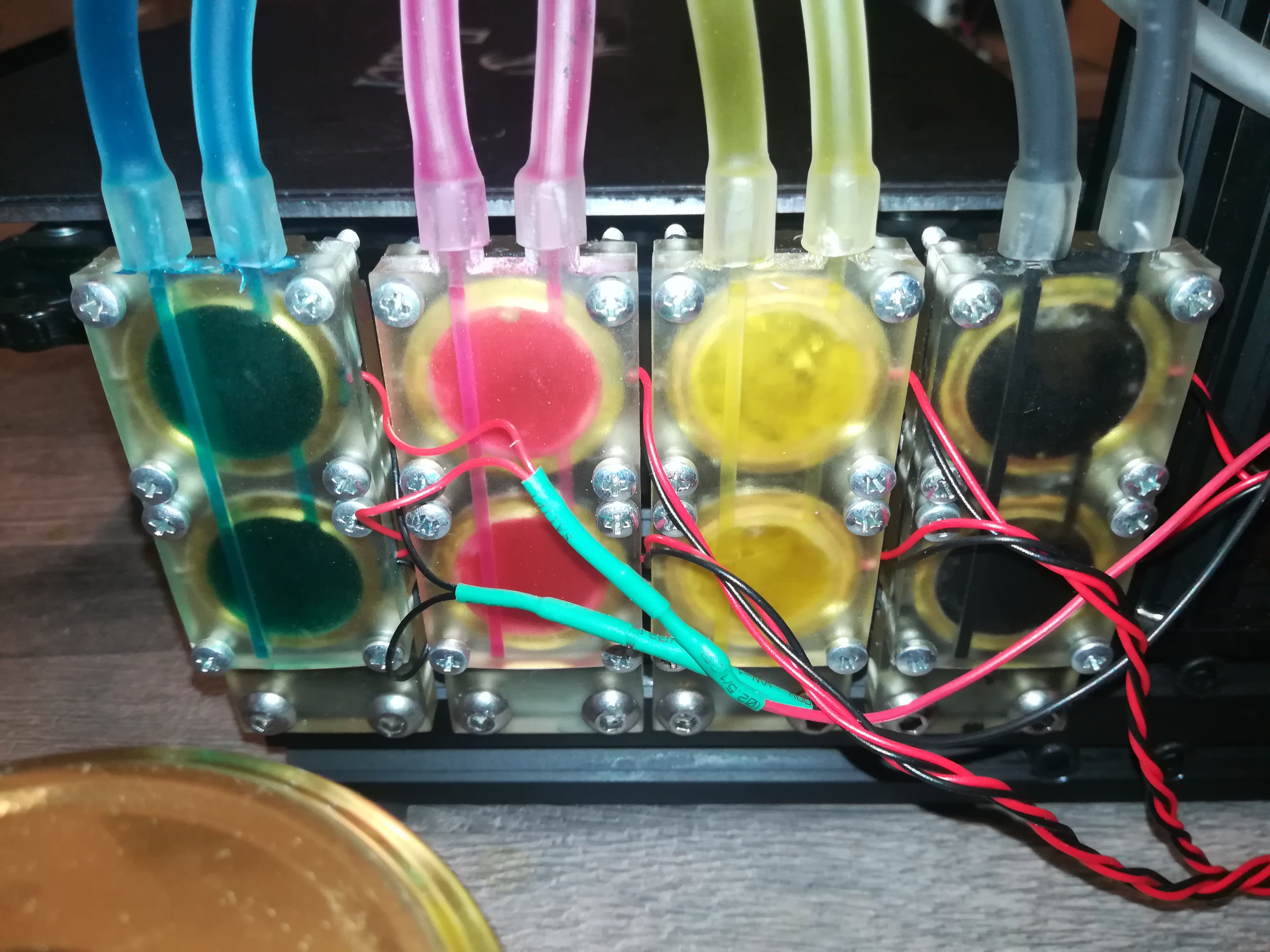

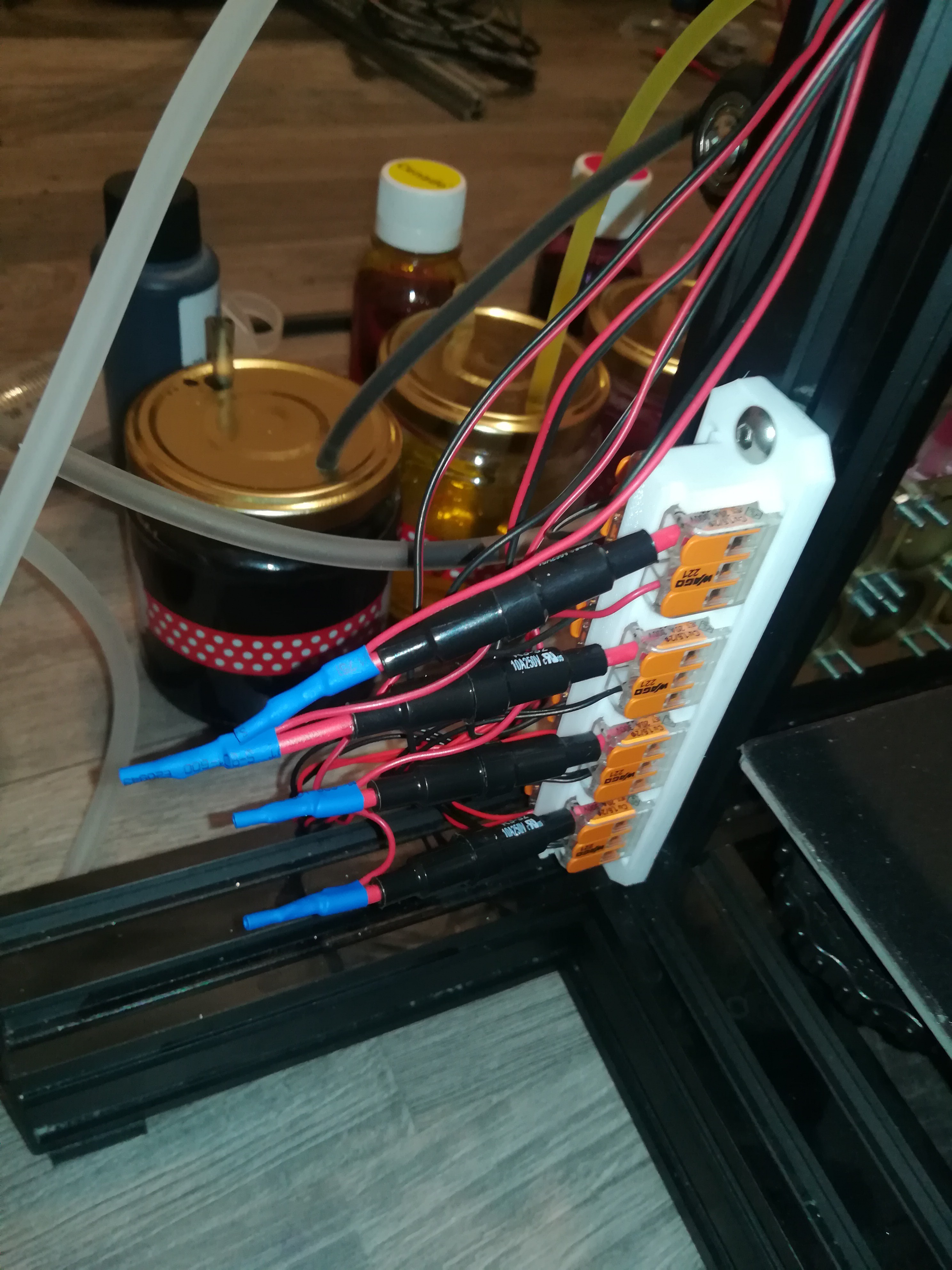



























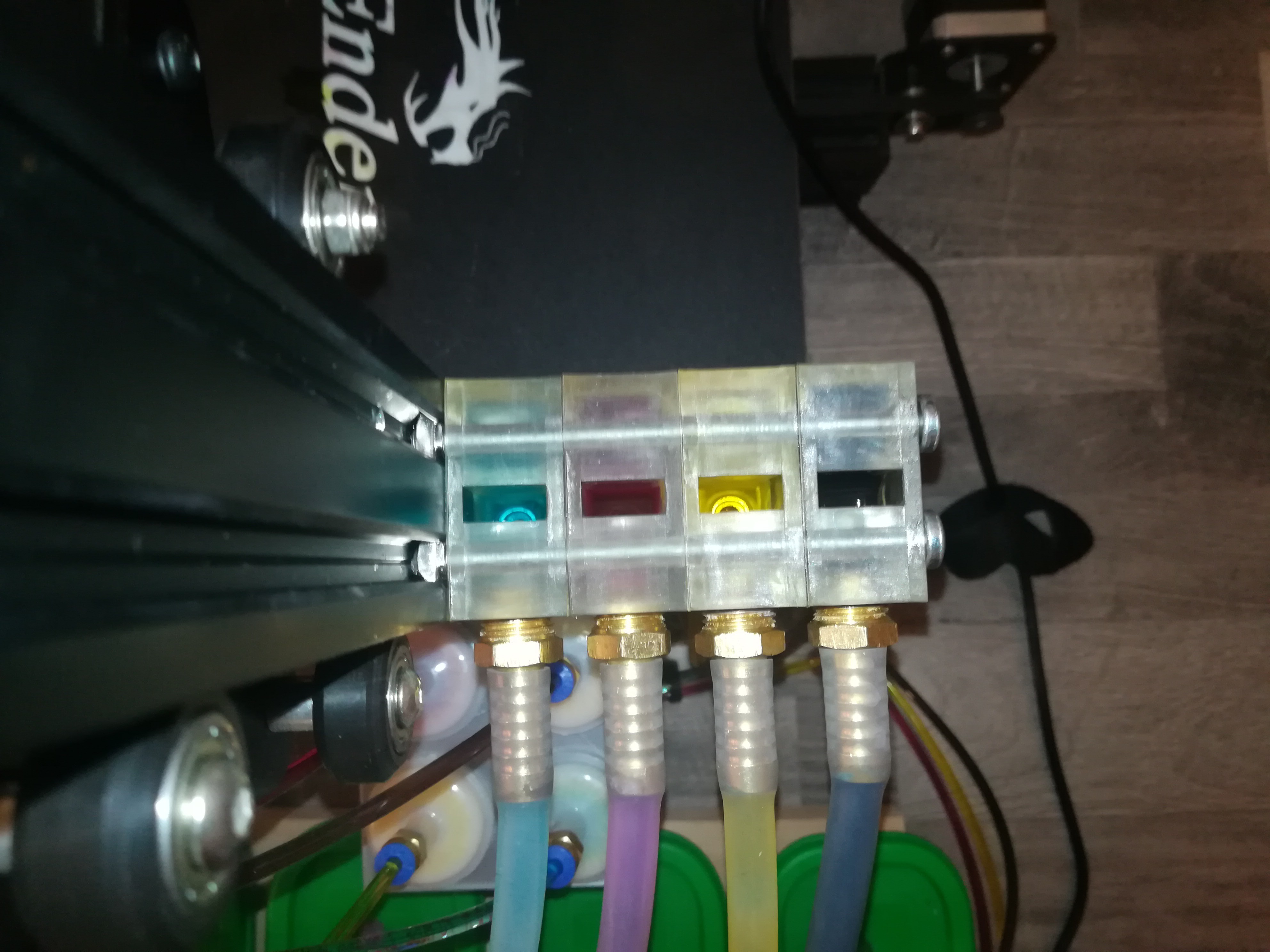












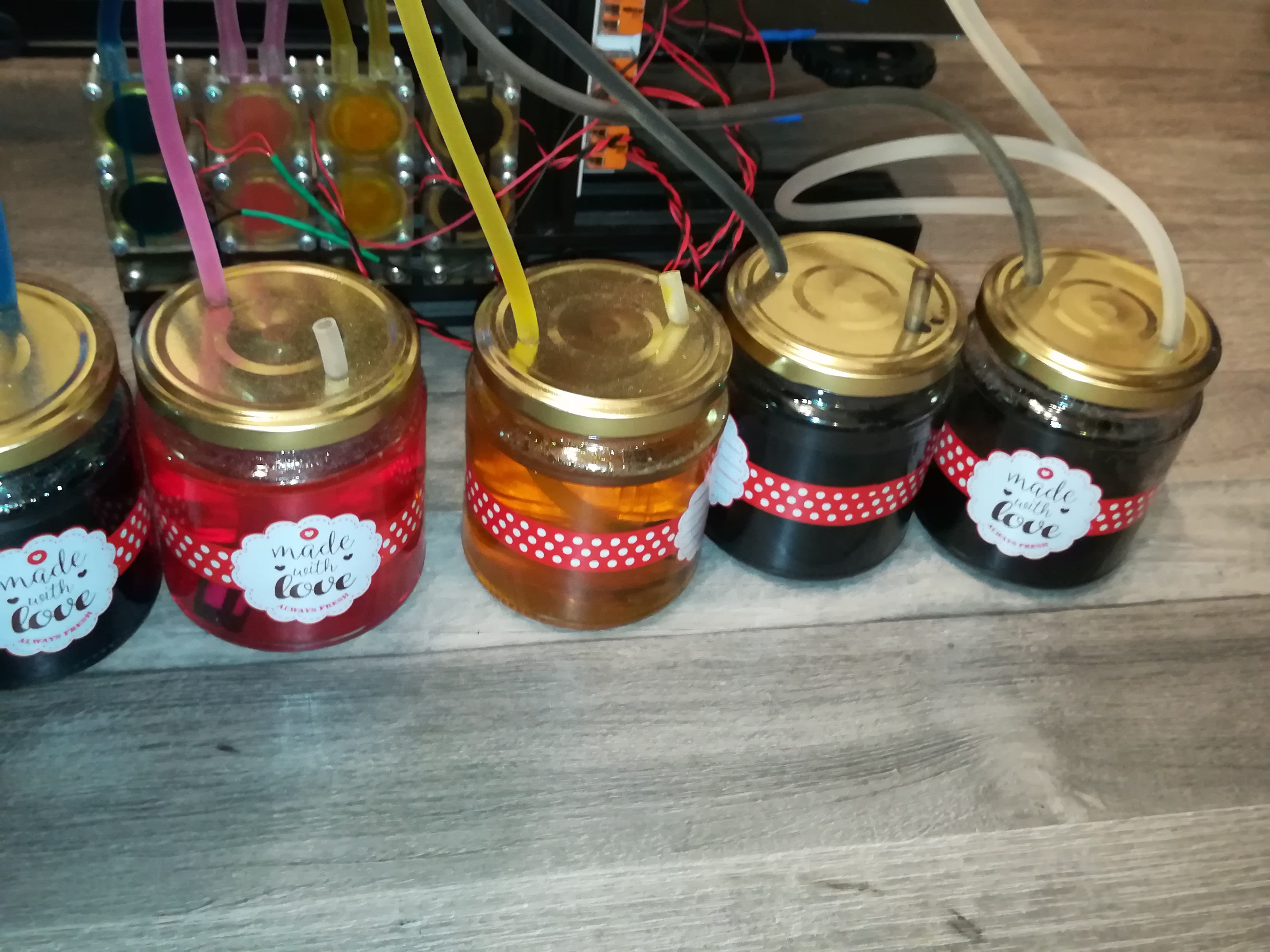










 xpDIY
xpDIY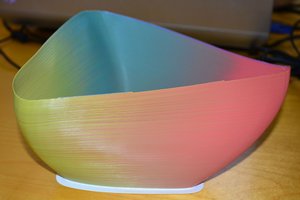
 Daren Schwenke
Daren Schwenke

@Dominik Meffert I tried responding in our dm conversation but Hackaday isn't loading any chats for me, I don't even know if you got my last message, in any case, I opened an issue on your GitHub page, let's talk there if you don't mind.
https://github.com/DerM4209/DIY_Inkjet_Printer/issues/1